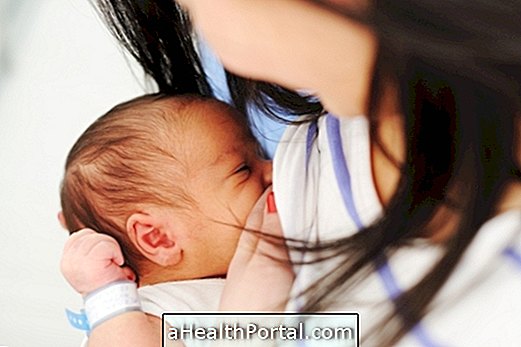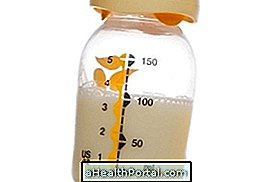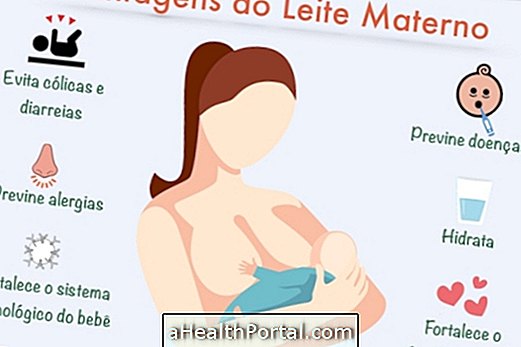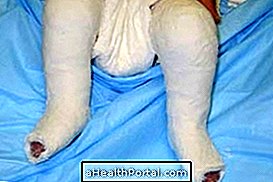Cross-breastfeeding is when the mother delivers her baby to another woman's breastfeeding because she does not have enough milk or simply can not breastfeed.
However, this practice is advised against by the Ministry of Health, because it increases the risk of the baby being infected with some disease that passes through the milk of the other woman and the baby does not have the specific antibodies to protect themselves.
Thus, to ensure that the baby grows healthy he needs milk until the 6 months, and from there can eat pasty foods like crushed fruit and vegetable soup with shredded meat.

What are the risks of cross-breastfeeding?
The main risk of cross-breastfeeding is the contamination of the baby with diseases that pass through breast milk, such as:
- AIDS
- Hepatitis B or C
- Cytomegalovirus
- Human T-cell Lymphotrophic Virus - HTLV
- Infectious mononucleosis
- Herpes Simplex or Herpes Zoster
- Measles, Mumps, Rubella.
Even if the other woman, the supposed mother-of-the-milk, looks healthy, she may have some asymptomatic disease and so cross-breastfeeding is still contraindicated. But if the baby's own mother exhibits any of these diseases, the pediatrician can advise whether breastfeeding can be done or not.
How to feed a baby who can not nurse
A suitable solution is to give the bottle or go to the human milk bank, present in many hospitals.
A baby bottle suitable for the baby is one of the simplest solutions adopted by most families. There are several brands and possibilities, so you should follow the advice of the pediatrician to choose the best for the baby. Get to know some adapted milk options that can replace breastfeeding.
Milk from the milk bank despite being from another woman, is undergoing a rigorous process of hygiene and control and several tests are done to ensure that the donor does not have any disease.
Here's how to eliminate one of the most common motivations for cross-breastfeeding: Improving breastmilk production.







-o-que--sintomas-e-tratamento.jpg)













